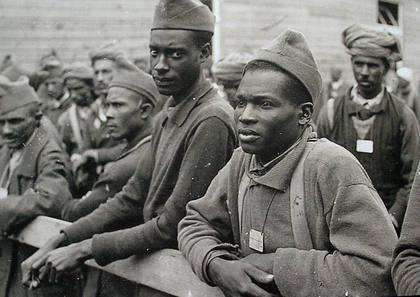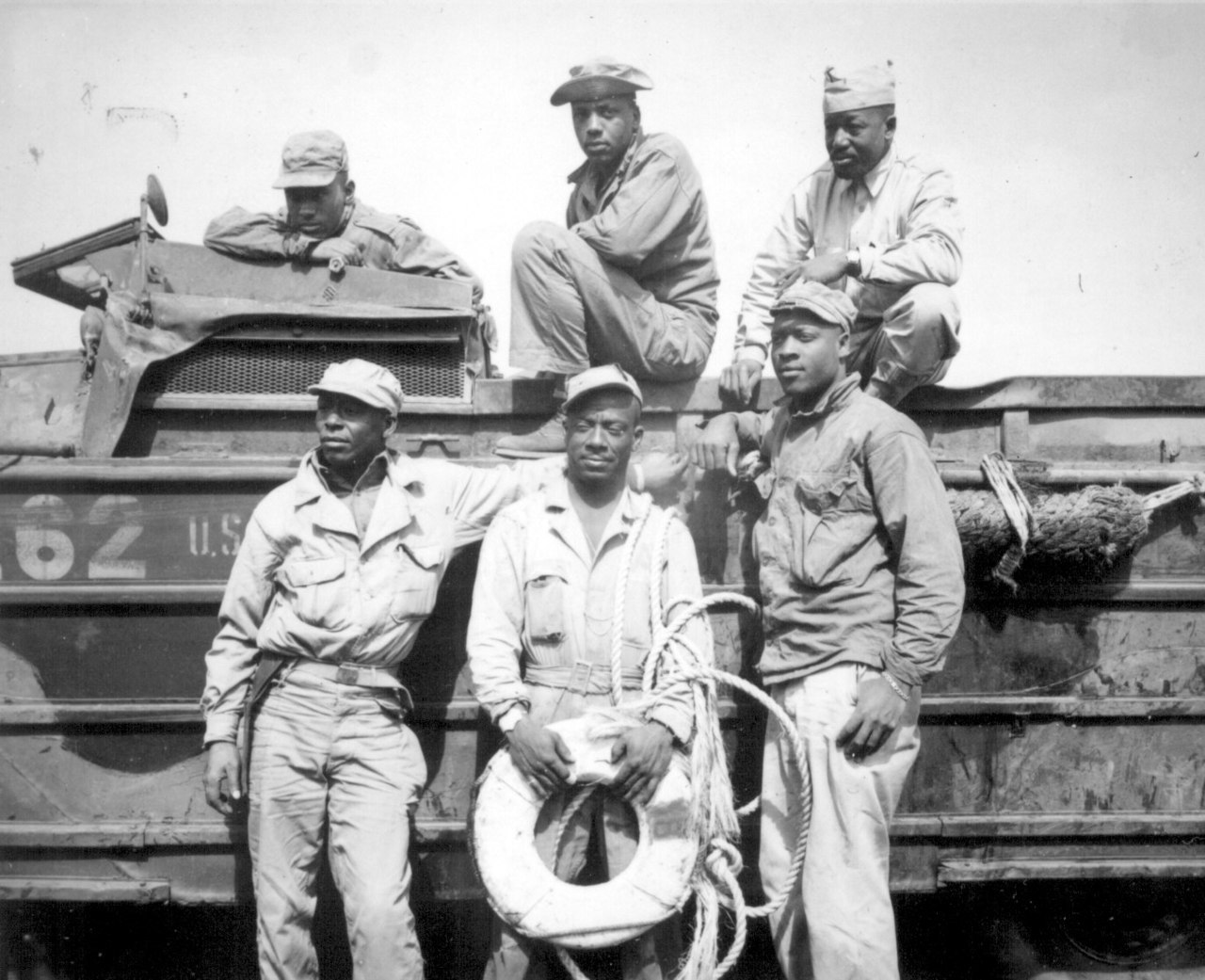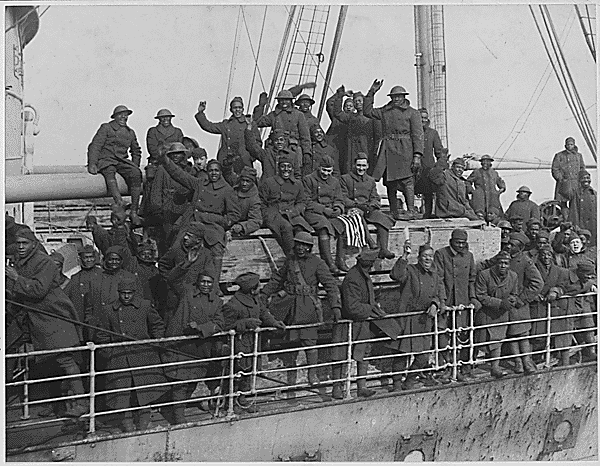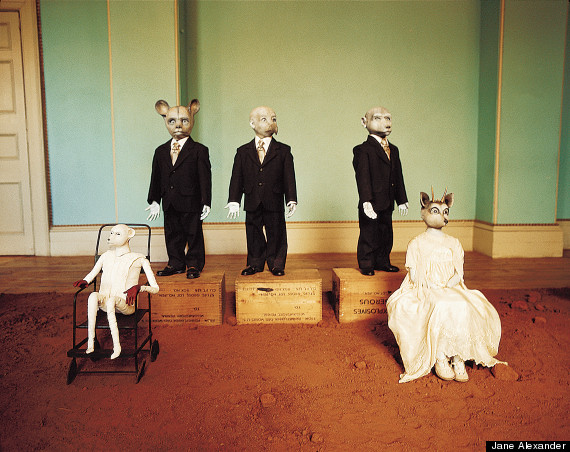The Progress Of Love is a three-part transatlantic exhibition which explores how today's African artists reflect on universal emotions in a changing global society. The exhibition is hosted by The Menil Collection, The Pullitzer Foundation for the Arts, and the Centre for Contemporary Art.
The Menil Collection in Houston December 2, 2012 – March 17, 2013
At the Menil Collection, The Progress of Love reveals how artists in Africa today are questioning, reflecting, and challenging received images and norms of love —sexual, familial, friendly, communal— as derived both from traditional culture and Western influences. Works by more than 20 artists from Africa, Europe, and America examine the ways in which language, mass media, cultural traditions, and socioeconomic forces foster images and expectations about love. The exhibition pays particular attention to the effects of the digital era, asking whether our ideas about love are now coming into closer alignment across the Atlantic. Zina Saro-Wiwa's Eaten By The Heart is featured at the exhibition.


Photo of artist Zina Saro-Wiwa.
The Progress of Love at The Pulitzer Foundation for the Arts explores the end of love’s spectrum. Yinka Shonibare’s Addio del Passato (2012) is featured in this series. Also featured are Mourning Class (2010-11) by Zina Saro-Wiwa and Take Care of Yourself (2007) by Sophie Calle. Mourning Class is a multi-screen video presentation of a lamentation ritual devised by the artist, in memory of her brother and her renowned activist father, Ken Saro-Wiwa. Take Care of Yourself is a multimedia installation documenting the responses of 107 women to a break-up letter the artist had received from her lover, via e-mail.

Photo: Yinka Shonibare, MBE Addio del Passato, 2011 Digital video, color, sound, 16 min 52 sec Courtesy of James Cohan Gallery, New York and Shanghai © 2012 Yinka Shonibare, MBE
The Centre for Contemporary Art, Lagos, October 13, 2012 – January 27, 2013
At the Centre for Contemporary Art, The Progress of Love explores contemporary expressions of love with an emphasis on the performative, highlighting the growing interest in live art in Nigeria. It opens up the possibility for dialogue and interaction that may challenge audiences to rethink prejudices, expand possibilities, and engage with and in all the ways love can affect lives. Inspired by personal experiences, tradition, technology, and literature, artists represented in the performances express loss, absence, pain, and difference. In doing so, they invoke memory, challenge prejudice, and articulate togetherness in very personal ways. ”








































